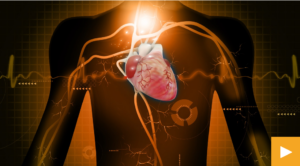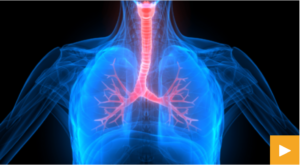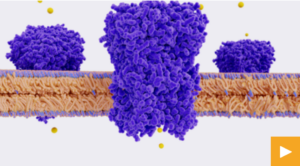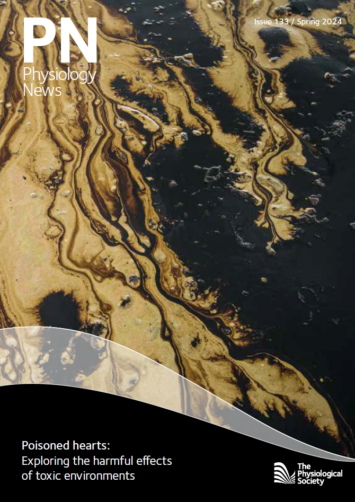
Physiology News Magazine
Video Resources for New Physiology Lecturers
Membership
Video Resources for New Physiology Lecturers
Membership

Professor Matthew J Mason
Department of Physiology, Development & Neuroscience,
University of Cambridge, UK
What we study in physiology departments is drifting ever further from what we have to teach. Our research is leading us into hitherto unimaginable areas, often centred around molecular biology and genetics. However, students in the medical sciences still need to get to grips with the oozy, squishy, pulsating fundamentals of how the organs of the body work, just as they always have.
Teaching systems physiology requires us to bring together strands of knowledge not just from biological disciplines but also from physics, chemistry, mathematics and engineering, and somehow shape this into a coherent account that will be comprehensible to students from an increasingly diverse range of backgrounds. Getting started represents a mountain to climb for a new lecturer, whose training nowadays, if they are not clinically qualified, is more likely to have involved genes and gels than Poiseuille and pleura.
So how do we learn how to teach physiology? There are some excellent physiology textbooks out there, but they can exceed 1,000 pages of detailed information, and it is not always easy to extract the key points. There are many physiology websites, but it is often unclear who has created this material, and knowing what is reliable and what is not requires some experience with the field. Most such resources are aimed at the students directly.
The resources designed for lecturers tend to be on the general pedagogical side: what colour schemes to use in our slides, how to make our teaching more interactive, how to assess our stated learning outcomes. Such issues are important to consider, but they don’t help us see how we will go about explaining the relationships between pressure, flow and resistance to our Monday morning medics, and how much of our 50-minute slot we should be devoting to this.
In order to help new physiology lecturers maintain a sure footing as they begin to climb that mountain, I have been working with The Physiological Society and Wilbee Films to create a set of video resources specifically for them. We first asked a focus group of young academics which topics they found most challenging to teach. Our shortlist included haemodynamics, electrochemical gradients, ventilatory mechanics and pH regulation. Notably, the first three topics borrow heavily from physics, the last from chemistry.
We then brought together a team of experienced physiology lecturers from around the country, who have been teaching these topics for many years. I took the haemodynamics topic myself, while Angus Brown from Nottingham took electrochemical gradients, Teresa Thomas from Birmingham took ventilation and Francesca Arrigoni from Kingston took acid–base balance.
The videos we produced, currently available on The Physiological Society’s online Training Hub under “New Lecturer Resources”, highlight what we consider to be the most important concepts that we should be teaching in each area. We focus on those that undergraduates struggle with, which therefore require special attention in lectures. We explain how we go about teaching them to our own students, providing tips and tricks including:
- Live demonstrations that we might perform in a lecture (I was slightly concerned about the arterial blood pressure I measured in myself, on camera!);
- Visual props, such as Teresa’s split tennis ball, used to show how the chest wall tends to spring outwards from a compressed state;
- Simple diagrams, such as those Angus uses to explain Nernstian relationships;
- Clinical scenarios to gain the attention of medical students, like those Francesca introduces.
We don’t claim that the way we present things in our teaching is the only way to do it. Perhaps you have your own tips and tricks for getting these concepts across in your classes – but if you do, you are probably not the target audience for these videos! Rather, you might be the ideal person to present a future video, if this project proves to be successful and we expand the range of topics as we hope to.
If you are a new lecturer, however, we hope that you will explore our current set of video resources when you are preparing your own lecture courses, and perhaps you will find something in there that will prove to be useful to your own teaching. If that’s the case, do please tell us about it!
Harley Stevenson-Cocks, Newcastle University, UK
“It can be difficult to know the best way to engage students in learning difficult, yet fundamental, physiological concepts like electrochemical gradients – and if you lose the students early, it’s difficult to build on those key foundations in their subsequent learning. As a new lecturer, hearing how experienced staff approach teaching such concepts in a structured way, through The Society’s Training Hub videos, is a great way to get inspiration and reassurance for your teaching. I’m always looking for ways to streamline difficult concepts for students and the Training Hub videos have been a big help on that front.”
Topics and concepts covered
Core Concepts of Cardiovascular Physiology

Cardiovascular lectures not flowing as they should? Matt Mason shows how the analogy of a garden hosepipe can be a useful way of illustrating to students the relationships between cardiac output, arterial pressure and peripheral resistance.
Respiratory Physiology

Electrochemical gradients underpin cell physiology, from secondary active transport to action potentials, but the associated maths and physics can be daunting. Angus Brown suggests how we might spark our students’ curiosity to explore further.
Electrochemical Gradients in Physiology

The competing forces operating on the lung, chest wall and alveoli can be confusing. Teresa Thomas suggests how sketch graphs and visual props can help students grasp the key concepts – an inspiring introduction for new respiratory lecturers!
Acid–Base Balance Physiology

Acid indigestion? How the body regulates extracellular pH is a topic that can be difficult for students to assimilate. Francesca Arrigoni shows how, beginning with no more than high-school chemistry and maths, we can help students understand how we respond to daily metabolic challenges.
(Bad puns not included in the actual videos.)
